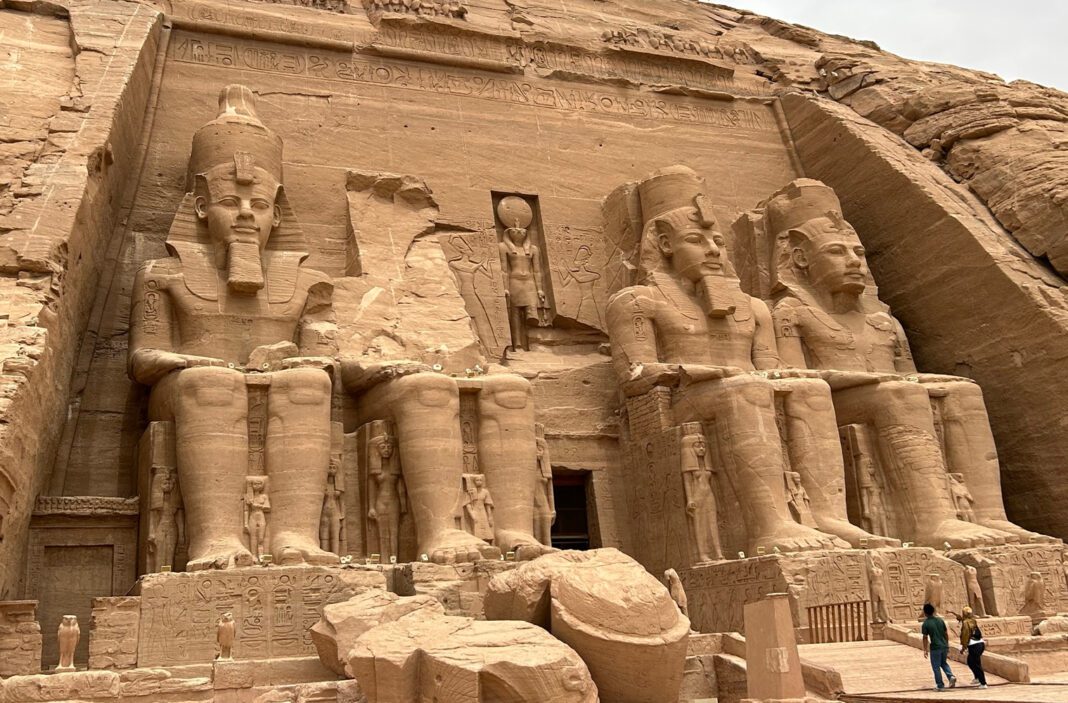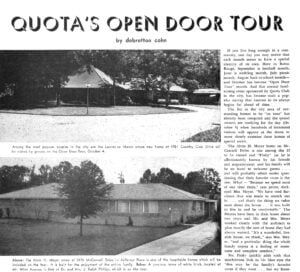Travel Journal: Jordan, Egypt and the Nile River
Seen through the eyes of: Vickie Tuohy King and John King
Who went with you: A group of about 20 family and friends
We went because: Since experiencing the “Treasures of Tutankhamun” exhibit at the New Orleans Museum of Art in 1977, my fascination with ancient Egypt has only grown over the years. A bonus was that AmaWaterways included a side trip to Petra, another ancient site in Jordan that has caught my interest over the years.
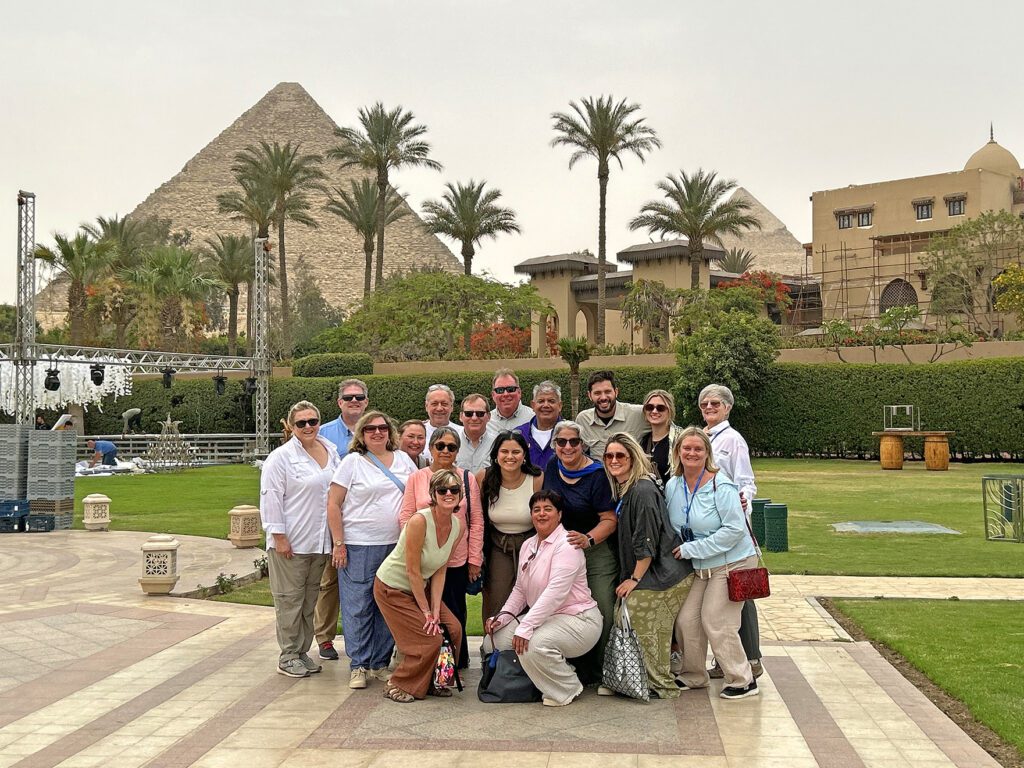
Hotel recommendations: We chose to take our trip with AmaWaterways and stayed at the Four Seasons in Cairo, the St. Regis in Amman and the cruise ship Ama Dahlia.
Where to eat: Haret Jdoudna in Madaba, Jordan.
Favorite dish on the menu: The cold mezza, which included hummus, fattoush, mutabbal (eggplant dip), baba ghanouj and fresh baked flatbread.
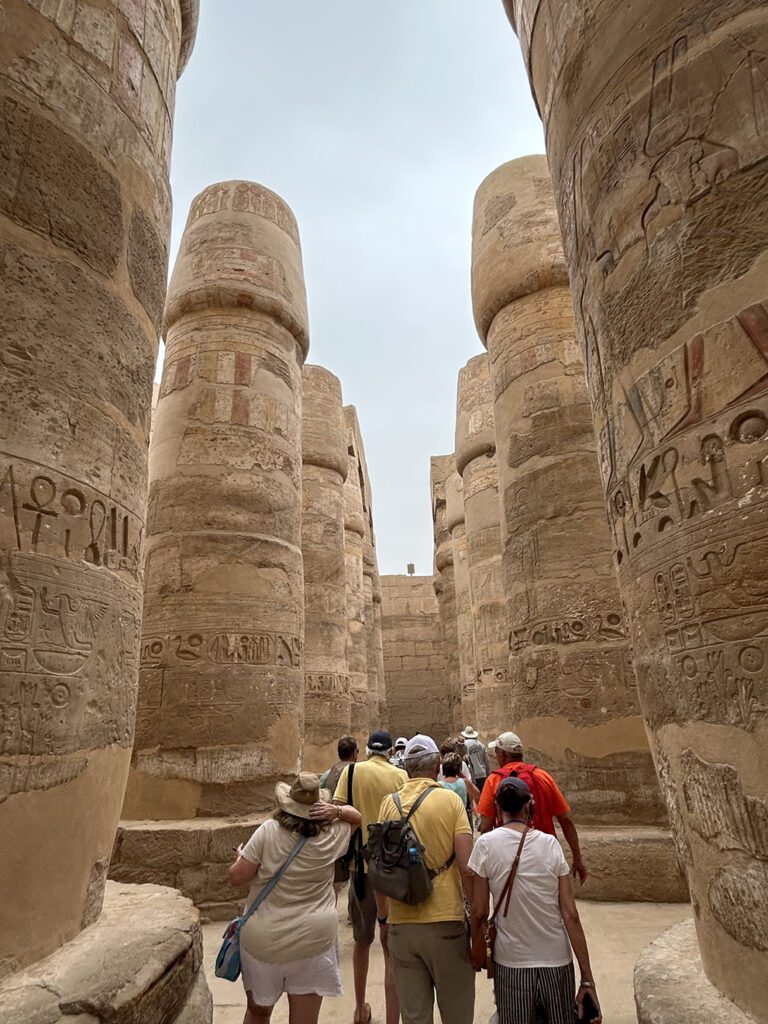
Item of clothing you shouldn’t leave home without: UPF clothing, a hat and plenty of sunscreen
Favorite historic landmark: We visited so many wonderful and unique places, such as the Pyramids at Giza, the Valley of the Kings (where King Tut was buried), the Valley of the Queens (where Queen Nefatari was buried); and, wonderful temples such as the Temple of Hatshepsut, the Temple of Horus and the Ramses and Nefetari temples at Abu Simbel.
Something surprising we learned on the trip: The people of Egypt and Jordan are always ready with a winning smile and an offer to help.
Local attraction worth a drive-by: Rainbow Street in Amman, Jordan. The road runs along the top of Jebel Amman and is home to numerous stores, restaurants and cafés.
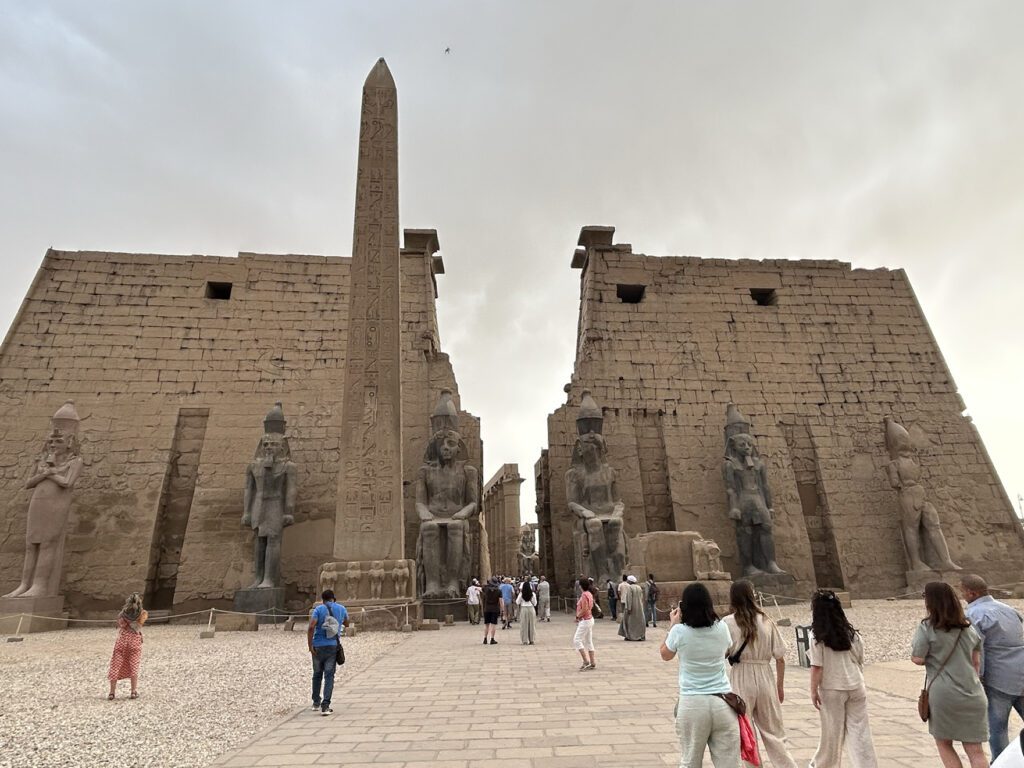
A great experience off the beaten path: Darat al Funun in Amman, Jordan. The museum showcases contemporary Arab artists in renovated buildings from the 1920s. The setting is very peaceful with great views of the city. The ruins of a sixth-century Byzantine church and old cave are an added bonus.
Worth the splurge: The extra fee to add Abu Simbel to your itinerary. During the 1960s, the construction of the Aswan High Dam threatened the two temples. More than 50 countries combined efforts to move and reconstruct the entire site on higher ground over five years. When you stand in front of the temples, it is hard to imagine that entire complex was moved 200 meters inland and 65 meters higher up.
Not worth the splurge: We have been following the anticipated opening of the Grand Egyptian Museum for quite some time. You can purchase tickets but are only able to visit the Grand Hall, the commercial area and the exterior gardens. None of the museum galleries are open.
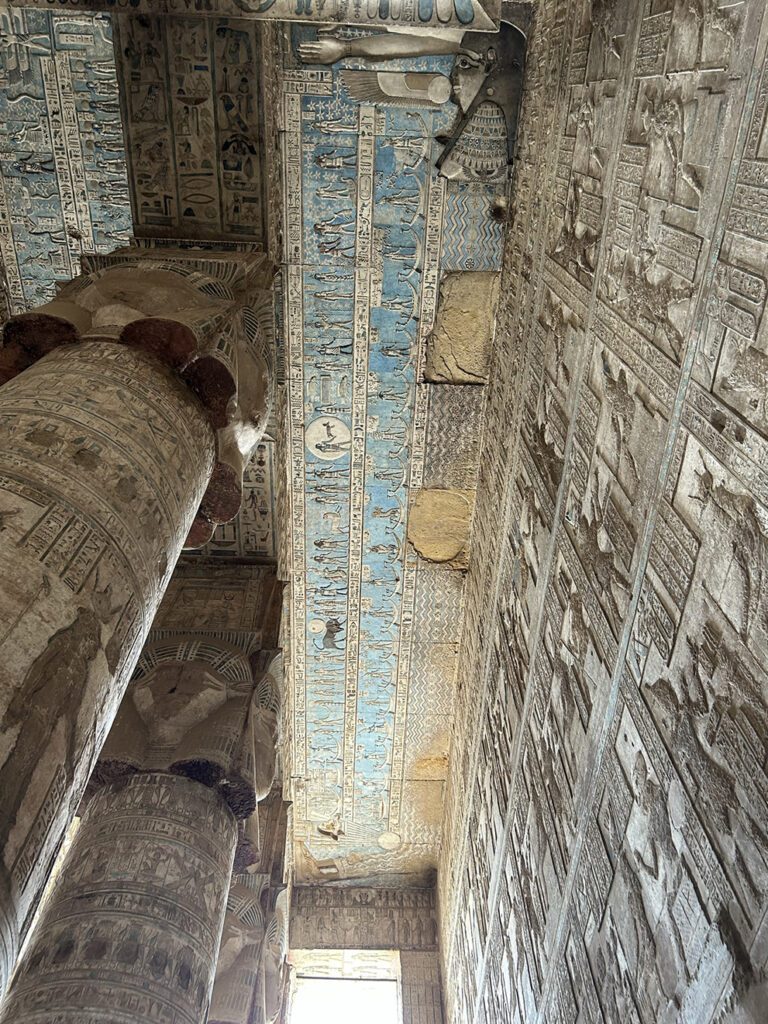
Something surprising we learned on the trip: The monuments of ancient Egypt have been a tourist destination since the fourth century B.C. Unfortunately, the visitors often left their mark on the statues —literally. Graffiti ranging from ancient Greek to the 1800s is carved into the statue of Ramses II.
Insiders’ tips: Bring Liquid IV to add to your water bottles for extra hydration.
We would suggest this trip to others because: Cruising the Nile was a wonderful experience. We saw lush landscapes by the river and deserts scenes just beyond. We saw local fishermen pulling nets, farmers tending their fields and children laughing and swimming in the river. We also were able to visit a Nubian home in Aswan and were able to connect with the lovely people in that village. These experiences were such a contrast to the busy and crowded cities of Amman and Cairo.




